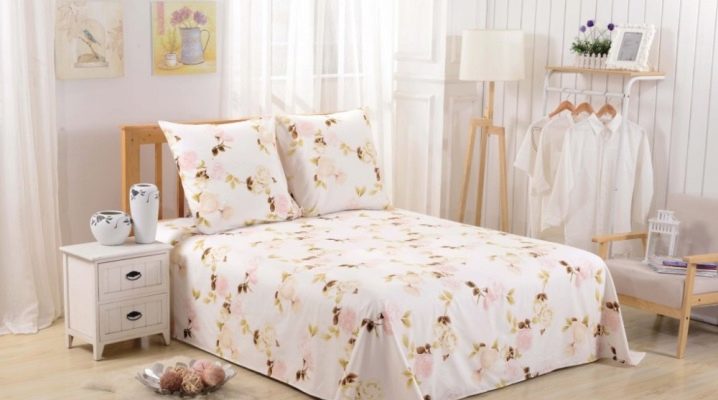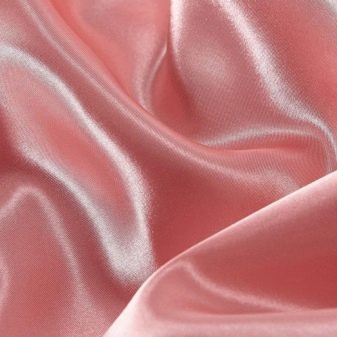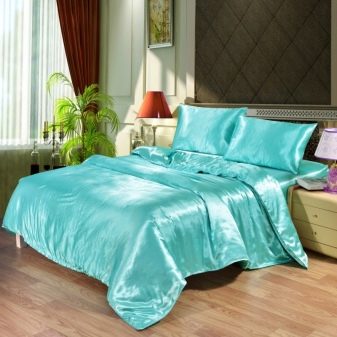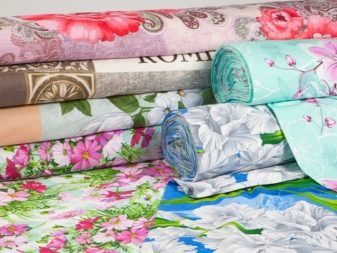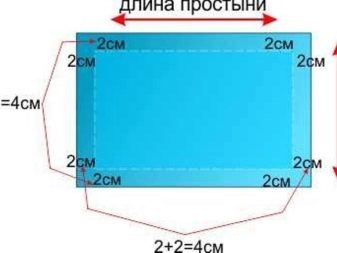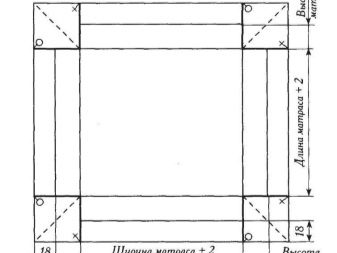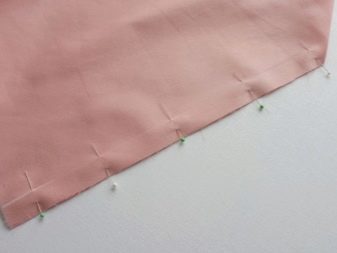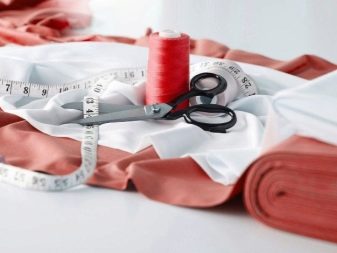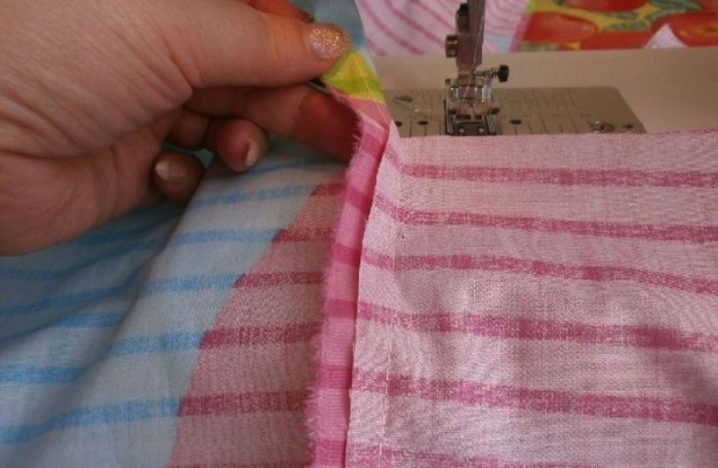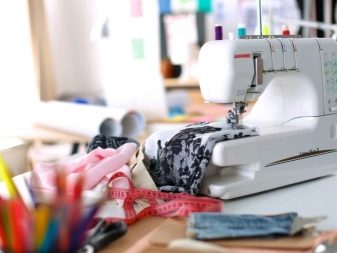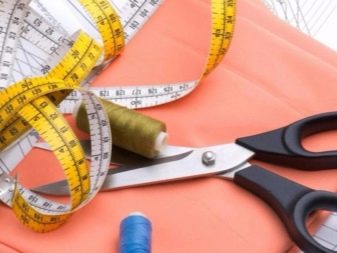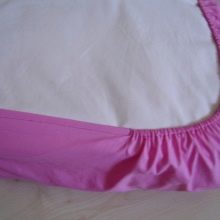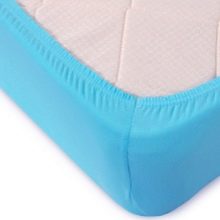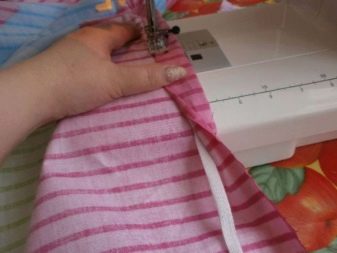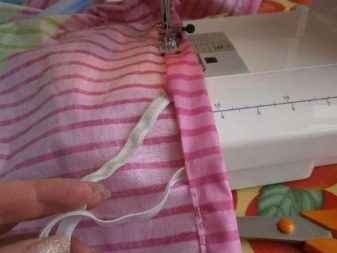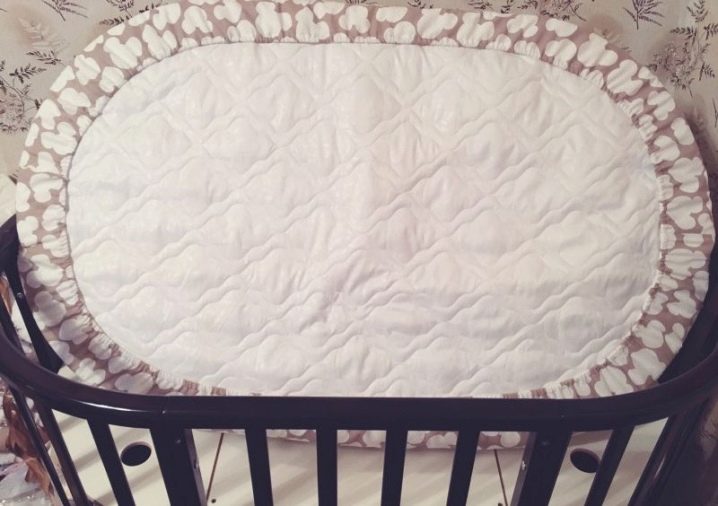How to sew a sheet?
There are a lot of reasons why a person wants to sew a sheet. For example, he was presented with a new mattress, but none of the available sheets fit his size, as the mattress has a non-standard shape or size. Or maybe he moved, and in the new dwelling there are not such beds as he used to have before. Or he just wants to get a skill that later will not only come in handy in life, but will also become a source of additional income. So he wants to know how to sew a sheet.
The choice of fabric
The ideal solution is cotton, which is safe even for babies, is hygroscopic, has good breathability, wear resistance and is extremely easy to clean. If you have no financial restrictions, you can use bamboo fabricswhich, in addition to all of the above, have antimicrobial properties and properties of tick prevention. Silk is good for bed sheets - beautiful, light, pleasant to the touch and durable. But these materials have a very high cost, which is not always affordable to provide all the family members with good sheets.
For children, the best option is a sheeting - cheap dense fabric that is resistant to wear, does not accumulate static electricity, warms in winter, and absorbs moisture in the heat. But calico has an undesirable tendency to the formation of pellets. Flannel is also a good choice - an inexpensive and durable soft fabric, painted only with natural dyes. It retains heat well, but it can sit down heavily during washing and dries for a long time.
But you still have to choose something, if you have nothing to sleep on. It is better to splurge once on a good cloth and then for 10 years not to know grief than to buy something that will create either inconvenience or require replacement every year. As they say, the miser pays twice.
How to sew a sheet
Let's start with the size: to the length and width of the mattress you need to add another one and a half to two of its thickness on both sides,for example, with a mattress size of 90x200 and its thickness of 15 cm to each side, add 15 cm, and to the result, 7.5–15 cm to tuck (the last element to the gate can be taken as 10 cm). So, we need a cut of fabric about 140x250 cm:
- length - 10 + 15 + 200 + 15 + 10 = 250;
- width - 10 + 15 + 90 + 15 + 10 = 140.
Sew a regular sheet
Here everything is trite and easy. You will need: measuring tape, cloth, sewing machine, thread and pins.
In order to sew a primitive sheet, it is enough just to tuck and sew 1-1.5 cm of fabric along the entire perimeter (the size sizing scheme is higher). To make the corners neat and beautiful, you need to cut off the tips by a centimeter, turn the resulting corner another 1 centimeter, and then tuck both sides. Pin with a pin until the process of debriding begins. In case the fold is hemmed, you need to iron it with an iron.
Sheet of two pieces (halves)
It is still easier here. The dimensions remain the same, you just need to sew two identical pieces of fabric, equal in size to a regular sheet, with a sewing machine. But only on the share thread.
Tensioning model
It is a little more difficult to make a tension sheet, but this is offset by the fact that it is more practical and easier to put on the mattress.After that, you can forget about it, and it is much better than to waste time every morning, filling the usual sheet, rather wrinkled or crumpled in one place. In addition, the tension model of the sheet can be of various forms depending on the mattress. Sometimes made from two pieces of cloth. This, of course, is more complicated, but such a thing will last longer. It can also be made from a duvet cover, but it is too long and troublesome.
For work, you need: a cloth or a finished sheet, a measuring tape, a sewing machine, threads, scissors, pins, a wide linen gum.
Rectangular elastic sheet
First, you need to measure the size of the above example, but with a slight amendment: you need to additionally retreat two widths of the existing elastic band. Then there are three ways.
- Simplest: Just insert small rubber bands in the corners. This method is the least troublesome and costly, but this is enough to secure the sheet on the mattress. The result of this innovative method will not look very nice, and the risk of tearing the sheet is quite high.
- More difficult. The size does not change. In advance, you need to make a rubber band with a diameter slightly smaller than the diagonal of the mattress (by 3-5cm), then gradually wrap the gum into the fabric, leaving approximately one centimeter of free space, periodically fastening with pins. It is more convenient to start from the edges. When the procedure is completed, stitch the sewing machine around the perimeter to sew gum.
- The most difficult, troublesome and costly, but products made in this way are the most reliable and aesthetic. Here you will need two pieces of fabric: one with the length of the perimeter of the mattress (two widths and lengths + 2-3 cm, which then disappear) and a width of one and a half height (thickness), and the second in size mattress (length * width). First you need to make a similarity of a circle from the first piece of fabric along a share thread, after which you can sew this piece with the second one in the same way and sew a rubber band, as indicated in the second method.
Round sheet with elastic
Everything is similar here, only instead of the perimeter of the rectangle, you need to make a start from the diameter of the circle and follow the second or third method. A round sheet can be easily put on the oval mattress.
Oval sheet with elastic
If the mattress is made in the form of an oval (usually it is done in infant beds), sewing sheets will not be more difficult than sewing sheets on a rectangular mattress.It is necessary to measure the distance between the extreme points of the mattress, cut a rectangular piece of fabric and round off the edges. Next, act on one of the above schemes. An oval sheet can also be put on a round mattress. It will look unusual (corners will hang), but some people like this look.
How to sew bedding, see the following video.
